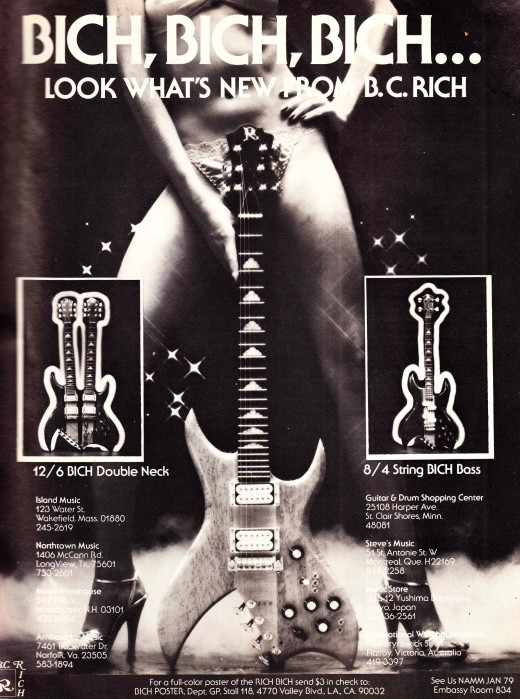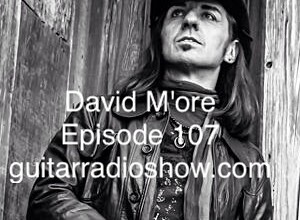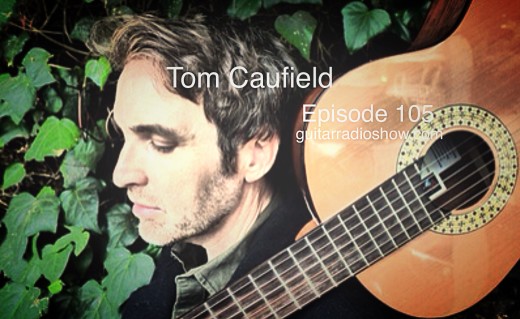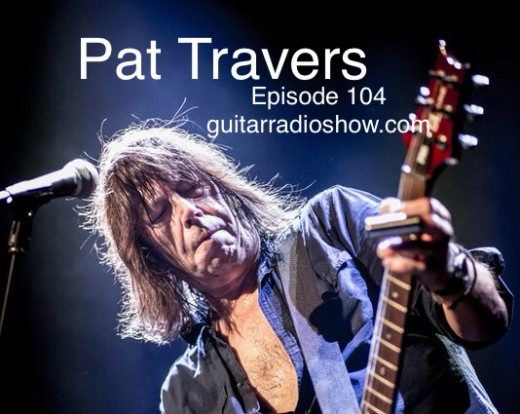Here’s our latest review- DNA Guitars go to http://dnaguitarcompany.com For more!
Category: news
-
11Feb2016
- share:
History of the Flying V- 500 Words with Adam P Hunt
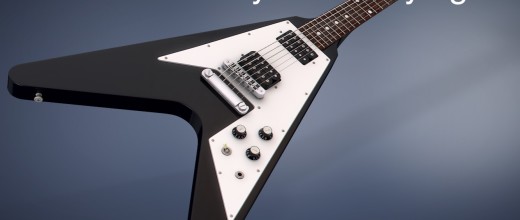
500 Words History of the Flying V

There are some guitars that are just cool and the Flying V is one of them. Just throw one over your neck and you become equal parts Albert King, Jimi Hendrix, Lonnie Mack and Michael Schenker.
Initially designed in 1957 as a way to attract customers away from the upstart Fender company the Flying V would not debut until 1958.
I can only imagine the shock when the Flying V had its official coming out party due to it’s Alexander Calder meets Chevrolet Bel Air styling.
Not only was the V’s styling a departure from some of Gibson’s better known guitars it was the first production guitar Gibson made using korina.
While the V was not an initial hit there was enough demand for Gibson do three production runs (40 guitars each) during the first year of production.
That early success was short-lived, however, and when only 17 Vs left the Gibson factory in 1959 Gibson and the V was on it’s way to obscurity.
Fortunately there were a fair number of “Vs” floating around during the late 1950s and they found their way into the hands of both Lonnie Mack and Albert King.
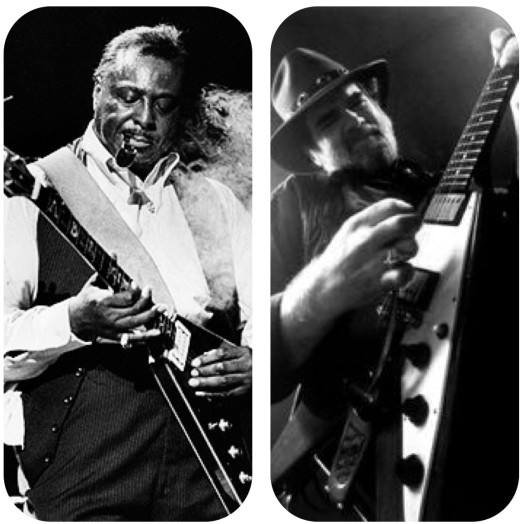
Another early V owner was the Kinks’ Dave Davies. Durning The Kinks’ 1965 American tour Davies’ lost his touring guitar and out of desperation Davies stopped in a local music shop was able to buy a NOS V for $60.
In a somewhat surprising turn of events there was enough pent up demand for these unusual guitars for Gibson to relaunch the V in 1966. Unlike the ’58 V the ’66 was made out of mahogany and had numerous cosmetic, hardware, changes and even changes to the body design.
Sadly, like the original ‘58s the ’66 relaunch was short lived and by 1970 the V was once again no more.
Oddly enough in ’71 Gibson made the extremely short lived Flying V Medallion (essentially a ’66 with a slightly shorter headstock) and in 1975 Gibson again brought the V back from the dead.
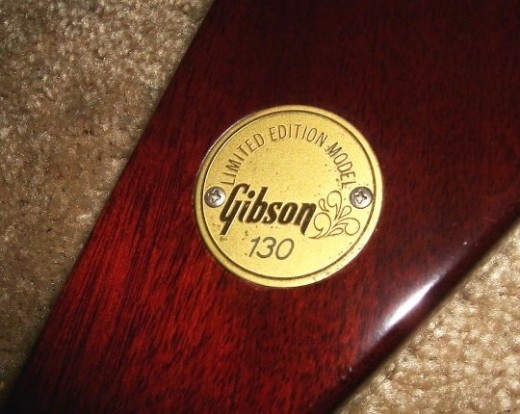
Another unusual V was the so called 1978 “V2”. Designer Tim Shaw’s radically reworked the V by giving it a multi ply hardwood body and ditched the PAF style pickups in favor of the “boomerang” pickup. Perhaps the biggest change with the V2 was the fundamental sound of the guitar. Shaw’s “boomerang” pickups were initially designed much more like a single coil rather than a fatter, more robust humbucker.
The V2 limped along but it was a costly and difficult guitar to make. Later versions sported a simplified body design, a single ply maple cap and “dirty finger” exposed coil humbuckers.

Despite some cost cutting measures Gibson discontinued the V2 in 1983.
In recent years Gibson has released many variations of the V both under the Gibson and Epiphone labels.
If history shows us anything the story of the Flying V is far from over.
Over the years there has been many companies making numerous variations of the V, most notably the Jackson “Randy Rhoads” Concorde.
Whether your taste runs to cool electric blues or to blistering hot metal there may be a V out there with your name on it.
-
28Jan2016
- share:
BC Rich Guitars- 500 Words with Adam P Hunt
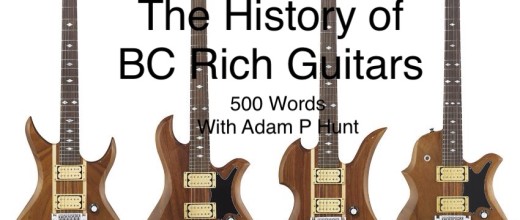
500 Words History of B.C. Rich Guitars
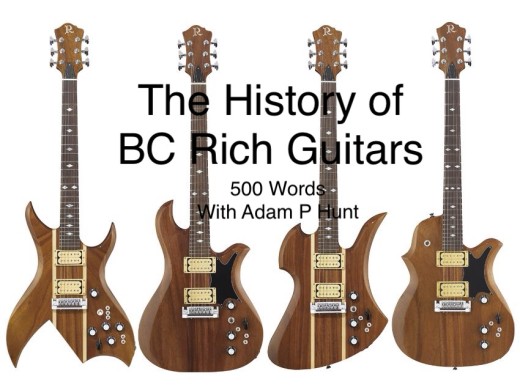
Younger friends of Guitar Radio Show are probably familiar with B.C. Rich’s current status as one of the “go to” guitar companies if you really want to make a visual statement and punish your audience at the same time.
B.C. Rich has been so associated with heavy rock gods like Chuck Schuldiner, Nikki Sixx and Kerry King. B.C. Rich has been around so long that it’s hard to believe that B.C. Rich originally started off making flamenco guitars and ukuleles.
Bernardo Chavez Rico was born in LA CA in 1941, the son of a well-respected guitar maker. Along the way Bernardo Rico Anglicized his name and became “Bernie”. According to the Active Musician website “Rico adopted the professional name “B.C. Rich” The history behind the name is that Rico had a friend named Bobby Rich who adopted the Hispanic name “Roberto Rico”, so Bernie Rico reversed the process and adopt the name “B.C.Rich” for his guitars. “
While Bernie’s first electric guitars were largely Les Paul inspired it wasn’t until he designed the Seagull in 1972 that a distinctly “B.C.Rich” looking guitar started to emerge. For those not familiar with the Seagull imagine a cross between a Les Paul and an Ovation Breadwinner were stitched together using some left over parts from one of Harvey Thomas’ creations.
So now you kind of get the idea.
Sort of.
Maybe.
The seventies were pretty grim years for American electric guitars. Gibson was making subpar versions of classic models and Fender was suffering from decades of mismanagement at the hands of CBS. Bernie Sr., along with other American guitar builders like Paul Hamer, Jol Dantzig, Dean Zelinsky, Ron Wickersham and Paul Reed Smith stepped in to fill the desire for high quality, US made guitars.
Bernie’s early guitars literally tapped into player’s desire to have a “go everywhere, do everything” guitar. Many early B.C. Rich guitars came outfitted with a dizzying array of voodoo knobs and mojo switches.
Pre amps, coil taps, phase switches, Varitone knobs, pretty much anything a first call studio musician would ever need.
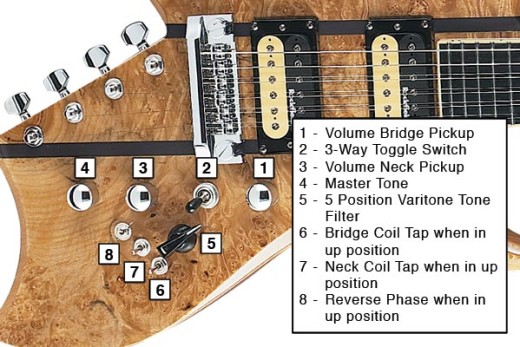
Thanks to the association with such high profile players as Brad Whitford, Joe Perry, Rick Derringer and Dick Wagner changes needed to be made in order to keep up with demand.
Initially B.C. Rich started using necks made by Wayne Charvel, but later B.C. Rich started having complete guitars imported from Japan and Korea.
During the late eighties and early nineties B.C. Rich licensed manufacturing to Class Axe guitars but apparently quality suffered terribly. Bernie Sr. then brought the production back to California and spent the next couple of years trying to get the damaged company back on its feet.
Sadly, Bernardo Rico passed on in 1999 but his son, Bernie Jr. still makes B.C. Rich inspired guitars and so does former designer, Neal Moser. US B.C. made Rich are still available in limited numbers.
For more information please check out the following links:
http://www.bcrich.com
http://ricojrguitars.com
http://www.nealmoserguitars.com
http://gear-vault.com/history-of-bc-rich-guitars/
-
27Jan2016
- share:
-
20Jan2016
- share:
Episode 106- Gibson Guitars- Whats Up?


Check out Adam’s blog on Gibson and the future- http://guitarradioshow.com/500-words-with-adam-p-hunt-is-gibson-guitars-finished/
-
13Jan2016
- share:
Guitar Documentaries- 500 Words with Adam P Hunt

500 Words Guitar Documentaries

I love documentaries. Heck I’ve been known to watch documentaries on quilt making and haute coture. A well made documentary can be engrossing and illuminating as well as entertaining. Here area a couple guitar related documentaries you may enjoy.
Roy Buchanan; The World’s Greatest Unknown Guitarist. Shot in 1971 this great film that showcases Roy at the height of his power. The film is equal part inspirational, part intimidation, and part homage to Roy.
Les Paul Chasing Sound. This 2007 film gives the viewer a very good overview of the life and career of one of the most influential guitarists. Even if you don’t like his music you may just find yourself becoming a fan of this one-of-kind inventor and musician.
Teshumara; The Guitars of the Touareg Rebellion. Not a huge amount of information on this 2006 film but it’s a guitar journey unlike any other.
The Song of the Guitar. Andres Segovia did a lot to elevate the art of guitar playing. Not only did Segovia take what was, at the time, a folk instrument and adopt classical pieces to it, he popularized flamenco playing.
Genghis Blues. This 1999 film documents an unlikely journey of a blind blues musician, Paul Pena, and his unique blending of blues and Tuvan throat singing.
Can You Hear the Wind Howl; The Life and Music of Robert Johnson. This 1997 documentary explores the immense impact that Johnson had on popular American music. While the film is a little over serious it does help contextualize Johnson and places him in the place and time he wrote and played.
Be Here to Love Me; A Film About Townes Van Zandt. While Van Zandt was primarily known as a singer songwriter he was also a formable guitar player. During his short life Van Zandt collected a small following of influential fans such as Guy Clark, Steve Earle, Bob Dylan, and Willie Nelson.
Curtis Mayfield; Darker Than Blue. This 1995 film was completed shortly before Mayfield’s death in 1999 and covers his early years in Chicago, his rise to fame with the Impressions, and his prolific and poignant solo work. Even though Mayfield may be better known as a singer and producer he was voted the 34th greatest guitarist by Rolling Stone.
Such Hawks Such Hounds. Doom metal is a genre that has never had mass appeal and that’s perfectly fine with a lot of the fans. Such Hawks Such Hounds explores the somewhat hidden world of desert rats, stoners, and lovers of all things sludgy.
The Genius of Django Reinhardt. Sadly, not a lot of information on the film but the is a lot of biographical information, and some great archival footage of one of the all time great guitarists. Too bad there isn’t any footage of Django playing with the likes of Les Paul and Coleman Hawkins but you can’t have everything.
While not documentaries per se I would also recommend Festival Express and Lightning in a Bottle.
-
13Jan2016
- share:
Episode 105- Tom Caufield

You owe it to yourself to check out Tom Caufield- http://www.caufieldmusic.com
-
06Jan2016
- share:








